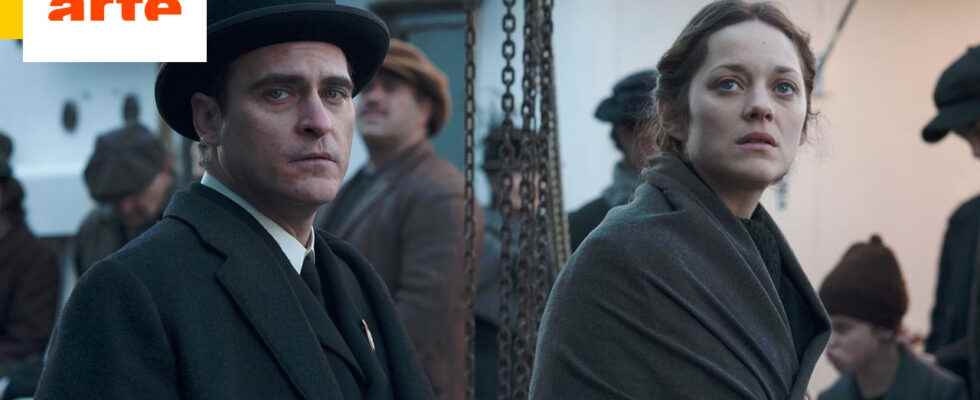A film on the other side of the American dream, James Gray’s “The Immigrant” also has family resonances for the filmmaker, who wanted to film on Ellis Island, where immigrants transited. A privilege as rare as it is precious.
New York, 1921. Ewa and her sister Magda, who emigrate from Poland, land on Ellis Island, the Promised Land deep in their eyes. But Magda, who has tuberculosis, is immediately placed in quarantine, before her scheduled expulsion, to the great despair of Ewa, who swears to get her out of there.
Isolated and distraught, the latter is soon taken in by Bruno Weiss, a pimp, a man who is both providential and poisonous, who offers her work in exchange for the release of her sister. To save Magda, Ewa, the Catholic, then agrees to prostitute herself before Orlando, illusionist and cousin of Bruno, revives hope in her, under the mad jealousy of the mackerel…
While Armaggedon Time has been released in theaters for some time, in which James Gray delivers a magnificent autobiographical family chronicle, Arte is broadcasting in its wake the filmmaker’s fifth film, released in 2013: The Immigrant. A moving melody on the reverse side of the American dream, carried at arm’s length by Marion Cotillard. Gray was also full of praise for her, explaining that the film could not have been made without the actress, insofar as he had written the very beautiful role of the Polish immigrant Ewa Cybulska for the actress .
Caressing the hope of touching the fingerAmerican Way of Lifeit was through Ellis Island that entire populations coming from Eastern Europe by boat constituted the first generation of New York emigrants.
Installed on an island located at the mouth of the Hudson in New York, it is in this center that those who fled poverty or pogroms transited and were examined. Those who were ill were sent straight back to Europe. Those who were in a state that could cause an evolution were kept at Ellis Island, quarantined until their case was re-tried. Between January 1892 and December 1954, when it was finally closed, the Ellis Island Immigrant Welcome Center processed 12 million applications.
It was precisely through Ellis Island that James Gray’s grandparents passed, Russian Jews from kyiv. To prepare his film, Gray documented himself within the History of his own family. He recovered the pictures taken by his grandfather: “In 1923, my grandfather and grandmother arrived in the United States via Ellis Island. I have, of course, heard countless anecdotes about Ellis Island, and I have long been obsessed with the place.
I went there for the first time in 1988, before the restoration of the island. Everything had remained intact, as if frozen by time. It was a disturbing sight, these half-filled immigration forms, scattered on the ground… Ellis Island appeared to me as a place haunted by ghosts, those of my whole family. So I conceived the project of a film that would come from this story”, said the director.
From there this fixed idea to turn absolutely between the walls of this place so charged with memory, transformed since into museum. A not so easy exercise: Francis Ford Coppola had had an end of inadmissibility from the administration when he wanted to shoot his sequences at Ellis Island from The Godfather II. By dint of insistence, Gray finally obtained the desired authorization, but for three days and three nights only.
